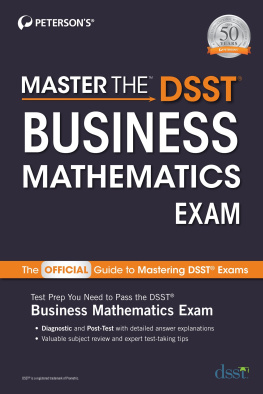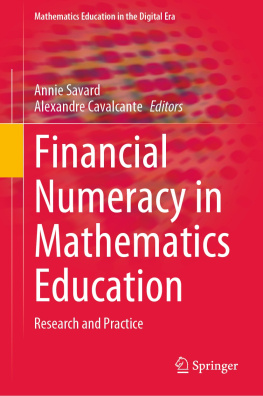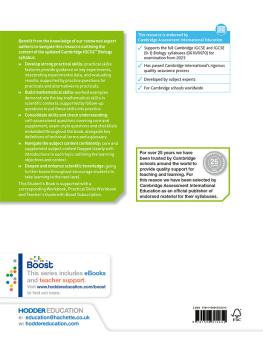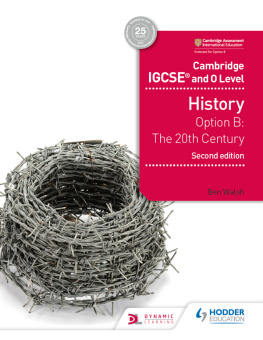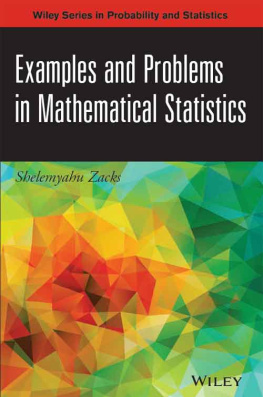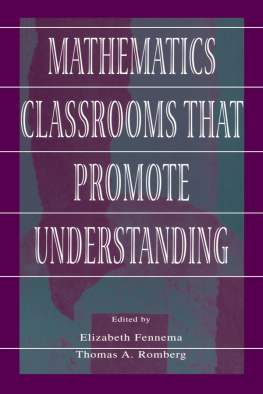Questions from the Cambridge International AS & A Level Mathematics papers are reproduced by
permission of Cambridge Assessment International Education. Unless otherwise acknowledged, the
questions, example answers, and comments that appear in this book were written by the authors.
Cambridge Assessment International Education bears no responsibility for the example answers to
questions taken from its past question papers which are contained in this publication.
IGCSE is a registered trademark.
Examples and articles contained within this book are works of fiction. Names, characters, businesses,
places, events and incidents are either the products of the authors imagination or used in a fictitious
manner. Any resemblance to actual persons, living or dead, or actual events is purely coincidental.
The publishers would like to thank the following who have given permission to reproduce photographs
in this book:
Photo credits: top Clive Chilvers / Shutterstock; bottom Charlie Edwards / Getty Images;
Ingram Publishing Limited / Ingram Image Library
500-Animals;
top mastersky / Ingram Publishing
Limited;
top gunnar3000 / stock.adobe.com; bottom Kevin Peterson / Photodisc / Getty Images
We are grateful to Anthony Cutler who has given permission to use his quotation on .
Every effort has been made to trace and acknowledge ownership of copyright. The publishers will be
glad to make suitable arrangements with any copyright holders whom it has not been possible to
contact.
Hachette UKs policy is to use papers that are natural, renewable and recyclable products and
made from wood grown in sustainable forests. The logging and manufacturing processes are
expected to conform to the environmental regulations of the country of origin.
Orders: please contact Bookpoint Ltd, 130 Park Drive, Milton Park, Abingdon, Oxon OX14 4SE.
Telephone: (44) 01235 827720. Fax: (44) 01235 400401. Email education@bookpoint.co.uk. Lines are
open from a.m. to 5 p.m. Monday to Saturday, with a 24-hour message answering service. You can
also order through our website: www.hoddereducation.com
Much of the material in this book was published originally as part of the MEI Structured Mathematics
series. It has been carefully adapted for the Cambridge International AS & A Level Mathematics
syllabus. The original MEI author team for Statistics comprised Alec Cryer, Michael Davies,
Anthony Eccles, Bob Francis, Gerald Goddall, Alan Graham, Nigel Green, Liam Hennessey, Roger Porkess
and Charlie Stripp.
Copyright Roger Porkess and Sophie Goldie, 2018
First published in 2018 by
Hodder Education,
an Hachette UK company,
Carmelite House,
Victoria Embankment,
London EC4Y 0DZ
Impression number 5 4 3 2 1
Year
2022
2021
2020
2019
2018
All rights reserved. Apart from any use permitted under UK copyright law, no part of this
publication may be reproduced or transmitted in any form or by any means, electronic or
mechanical, including photocopying and recording, or held within any information storage
and retrieval system, without permission in writing from the publisher or under licence from
the Copyright Licensing Agency Limited. Further details of such licences (for reprographic
reproduction) may be obtained from the Copyright Licensing Agency Limited, www.cla.co.uk.
Cover photo by Shutterstock/osh
Illustrations by Pantek Media, Maidstone, Kent & Integra Software Services Pvt. Ltd, Pondicherry, India
Typeset in Bembo Std 11/13pt by Integra Software Services Pvt. Ltd, Pondicherry, India
Printed in Italy
A catalogue record for this title is available from the British Library.
ISBN 97815104 2177 6
eISBN 97815104 2114 1
v
Introduction
This is one of a series of five books supporting the Cambridge International
AS & A Level Mathematics 9709 syllabus for examination from 2020. The
series then continues with four more books supporting Cambridge
International AS & A Level Further Mathematics 9231. It follows on from
Probability & Statistics The six chapters in this book cover the probability
and statistics required for the Paper 6 examination. This part of the series also
contains two books for pure mathematics and one book for mechanics.
These books are based on the highly successful series for the Mathematics
in Education and Industry (MEI) syllabus in the UK but they have been
redesigned and revised for Cambridge International students; where
appropriate, new material has been written and the exercises contain many
past Cambridge International examination questions. An overview of
the units making up the Cambridge International syllabus is given in the
following pages.
Throughout the series, the emphasis is on understanding the mathematics as
well as routine calculations. The various exercises provide plenty of scope for
practising basic techniques; they also contain many typical examination-style
questions.
The original MEI author team would like to thank Sophie Goldie who has
carried out the extensive task of presenting their work in a suitable form for
Cambridge International students and for her many original contributions.
They would also like to thank Cambridge Assessment International
Education for its detailed advice in preparing the books and for permission
to use many past examination questions.
Roger Porkess
Series editor
vi
How to use this book
The structure of the book
This book has been endorsed by Cambridge Assessment International
Education. It is listed as an endorsed textbook for students taking the
Cambridge International AS & A Level Mathematics 9709 syllabus. The
Probability & Statistics syllabus content is covered comprehensively and is
presented across six chapters, offering a structured route through the course.
The book is written on the assumption that you have covered and
understood the content of the Cambridge IGCSE Mathematics 0580
(Extended curriculum) or Cambridge O Level Mathematics 4024/4029
syllabus. The following icon is used to indicate material that is not directly on
the syllabus.
There are places where the book goes beyond the requirements of the
syllabus to show how the ideas can be taken further or where fundamental
underpinning work is explored. Such work is marked as extension.
Each chapter is broken down into several sections, with each section covering
a single topic. Topics are introduced through explanations, with key terms
picked out in red. These are reinforced with plentiful worked examples,
punctuated with commentary, to demonstrate methods and illustrate
application of the mathematics under discussion.
Regular exercises allow you to apply what you have learned. They offer a


